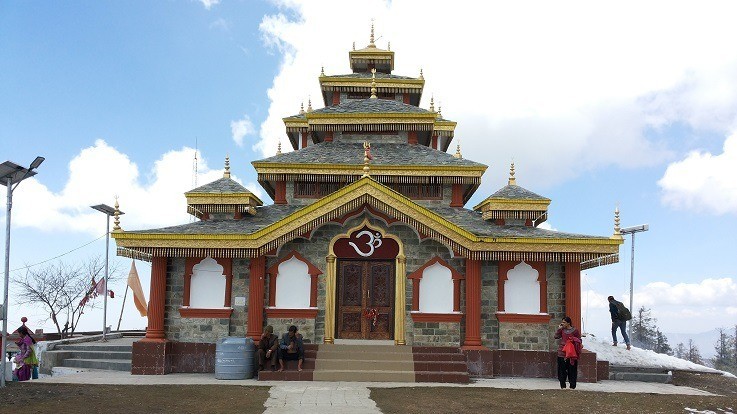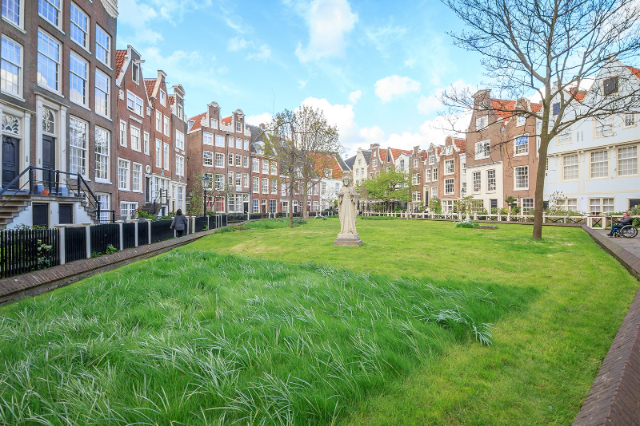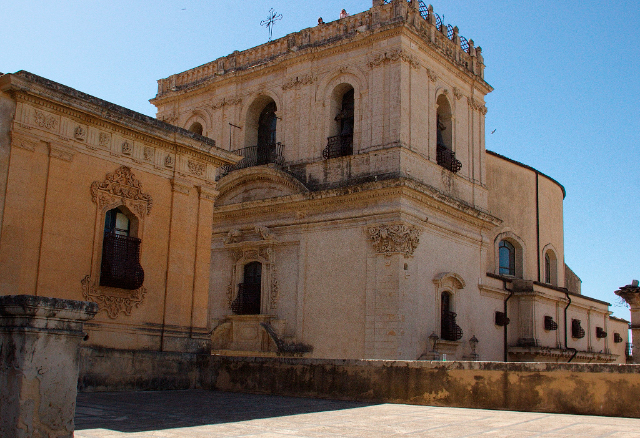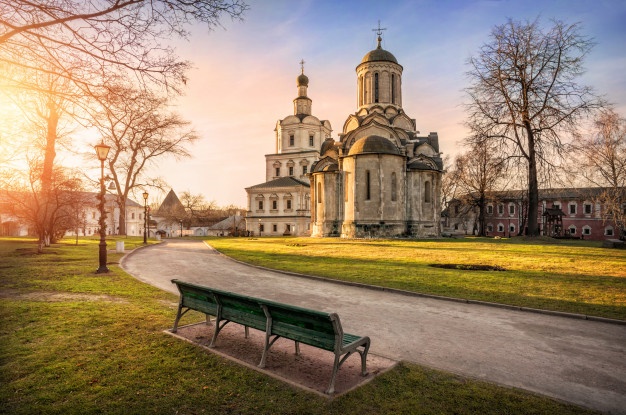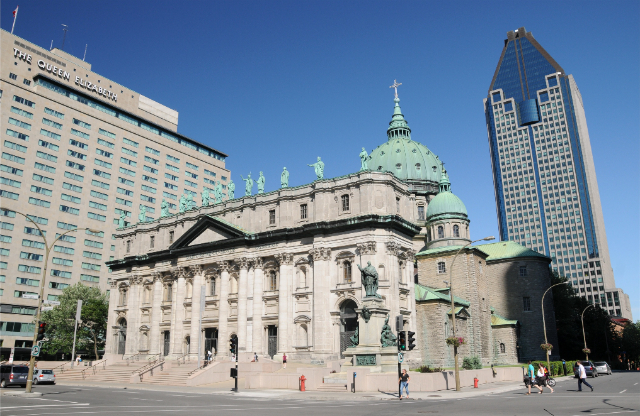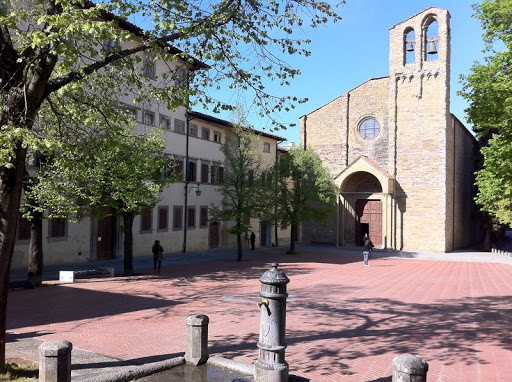The Abbey of San Ruffino and Vitale is located along the road that leads from Servigliano to Amandola, near the artificial lake of San Ruffino.The Abbey was built in the middle of the XI century on the remains of a crypt of the VI century, for the will of the Bishop of Fermo, of the nobles of Smerillo and Monte Passillo (feudal Lords of Comunanza) with the intent to implement locally experiences of monastic reform supported by St. Romualdo, promoter of the Camaldolese Congregation and St. Pier Damiani, theologian and Italian Bishop. On the south side we find the convent on two floors that encloses a central courtyard and the large quadrangular bell tower built in the thirteenth century, which connects the convent with the religious building.
According to documents transcribed by the Abbot Fatteschi and kept in the archives of the Abbey of Farfa from the year 736 until the end of the XII century, the Abbey of Saints Vitale and Ruffino was not part of the Farfensi possessions (of the Abbey of Farfa located in the province of Rieti). This is also confirmed by the presence of an abbot at the head of the monastery and not of a provost, as was the case in those to which they depended. The first historical document that reports news about the Abbey of Saints Vitale and Ruffino is a Chartula Concanbiationis of July 1023.
The Benedictine Abbey in the fifteenth century boasted considerable prestige since, in 1423, the sons and brother of the Duke of Varano often stayed here. This, until the end of the fifteenth century, administered the vast surrounding territory until it was entrusted in commenda to an abbot outside the Benedictine Order.
The church, built in Romanesque style, over the centuries has undergone constant renovations that have partially erased its primitive form. The simple and linear façade has a portal with a double archivolt with two windows at the sides and one above that was opened in the XVIII century. The interior is divided into three naves, the central one, wider than the other two, has a trussed roof while the two side naves are cross-vaulted. The walls are decorated with a series of frescoes of the fifteenth century that give enormous value but above all a superb visual impact. The presbytery is slightly elevated compared to the rest of the church because of the Romanesque crypt below, which is accessed by two staircases at the end of the aisles.
The crypt, dug into the sandstone and with cross vaults, is divided into five naves and, on the walls, are still visible some dry paintings and a pictorial cycle of the late imperial period with figures of saints or dead people in static attitude. There is no information on why the crypt was built and what it was used for, but it is thought that it may have been a pagan place of worship, a hermit’s cave, an early Christian burial area or a Roman spa for the treatment of skin diseases, given the presence of sulphurous waters in the area.
The relics of San Ruffino are kept under the altar and under them there is a hole that the popular tradition wants that hernia patients have to crawl through three times, invoking the healing. There are no documents about this Saint, but a legend tells that he was a young farmer who ploughed, with great effort, more than 100 bushels of land (ancient unit of measurement) in one night, giving relief and benefit to the farmers of the place.
On September 26, 1997, following the strong and persistent earthquakes that for days have affected the whole territory, the church suffered serious damage and, in 2002, was approved the restoration and rehabilitation project that involved the reconstruction of the roof, rearrangement of the vaults, insertion of metal tie-rods, reconstruction of the floors, plastering of the joints and repair of the lesions with the "cuci-scuci" technique (which consists in replacing every single damaged brick or stone with new ones, taking care to make the fusion between the old and the new masonry as homogeneous as possible).
Every year on the 19th of August there is the traditional Fair of Saints Vitale and Ruffino, the most ancient religious feast of the Sibillini Mountains and destination every year of thousands of people who do not want to miss the traditional appointment. There are stands where you can taste and buy the specialties of the territory and musicians with accordions and accordions that play and sing traditional folk songs, giving the opportunity to try the "saltarello" (typical dance of Central Italy). A first written testimony of this feast is reported in the volume Antichità Picene by Giuseppe Colucci, a religious historian who died in March 1809.
The origin of the festival seems to derive from a battle fought in 1306 between the towns of Montefortino (which allied itself with Amandola, Force and Montegallo) and Monte San Martino (a town in the province of Macerata). A battle between Amandola and Monte San Martino took place on the 19th of August on the day of the feast. Given the continuation of the war, the Rector of the Marca (the Marca of Ancona was the name of one of the four provinces established in 1210 by Pope Innocent III following the division of the State of the Church) wanted to intervene to put an end to it, but the contenders chose arbitrators to resolve the dispute, and they arrived at peace on 30th June 1307.


